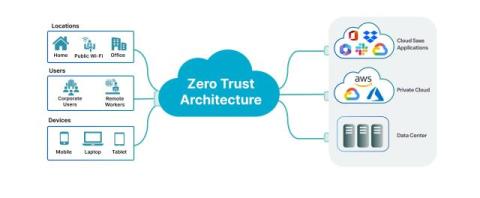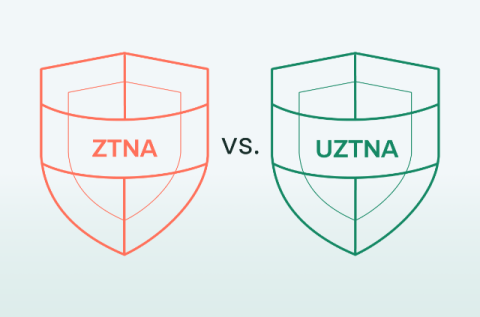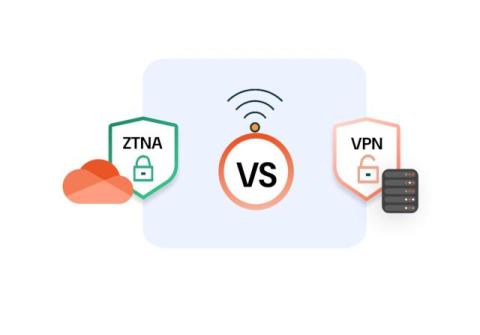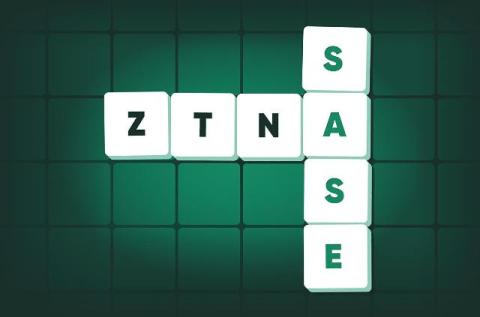Ensuring Classified Data Doesn't End Up Public Using Data-centric Zero Trust
This week, the FBI announced it is investigating a classified data leak of U.S. intel on Israel’s plans to retaliate against Iran. The top-secret documents were exposed on the Telegram messaging app, and it’s unclear if it was a leak or hack. The investigation will center on the Defense Department’s National Geospatial-Intelligence Agency, which manages the country’s network of spy satellites and anyone with access to the classified document.











